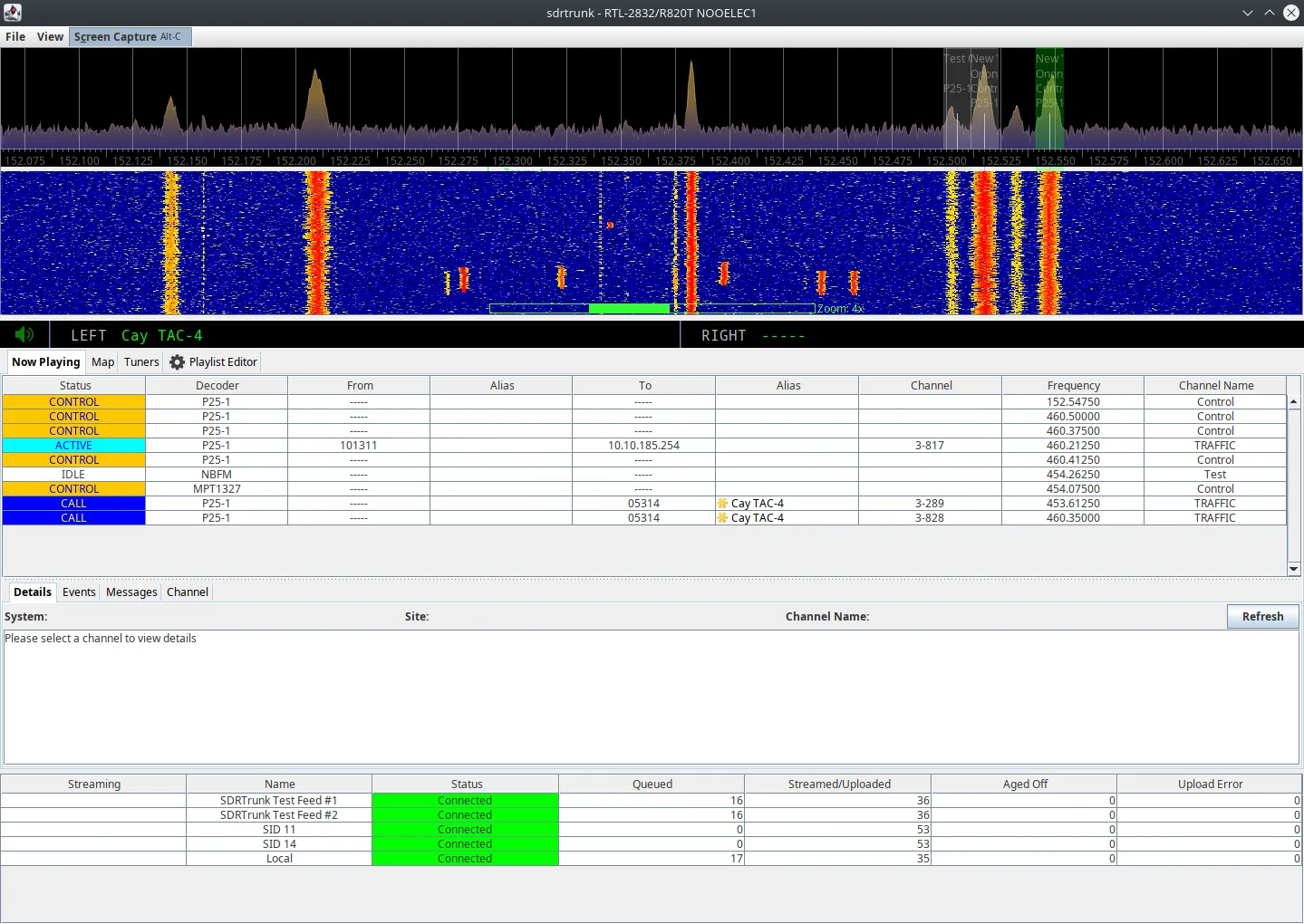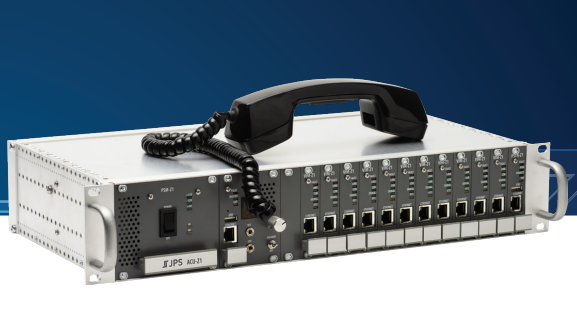battlefield communications
military communications
software defined radio
tactical communications
tactical radio
battlefieldtechnology, communicationtechnology, emergencyresponse, FieldCommunications, meshnetworking, militarycommunications, militarytech, radioelectronics, radioencryption, RadioEngineering, radiosystems, sdr, securecommunications, tacticalradio, wirelesscommunication
9M2PJU
0 Comments
The Common Components of Modern Tactical Radios: What Powers Today’s Battlefield Communications
In today’s fast-evolving battlefield and emergency response environments, communication is everything. Modern tactical radios have come a long way from bulky, single-function devices to sophisticated, multi-capability systems. These radios provide secure, reliable, and flexible communication to military personnel, first responders, and tactical teams operating in challenging conditions.
But what exactly makes up a modern tactical radio? In this post, we’ll explore the common components that enable these rugged devices to deliver critical communications anywhere, anytime.
1. Software-Defined Radio (SDR) Core: The Brain of Modern Radios
At the heart of most modern tactical radios lies the Software-Defined Radio (SDR) platform. Unlike traditional radios built with fixed hardware for specific frequencies and functions, SDRs rely on software to control how the radio transmits and receives signals.
This means a single radio can support multiple frequency bands, waveforms, and modulation schemes simply by updating its software — providing unparalleled flexibility and future-proofing for various missions.
2. Transceiver Module: Sending and Receiving Signals
The transceiver is the fundamental hardware that converts electrical signals to radio waves and vice versa. Modern tactical radios typically support a wide range of frequencies — from VHF and UHF bands to sometimes even HF — allowing communication over short and long distances.
Equipped with advanced power amplifiers and low-noise receivers, these modules ensure clear and reliable voice and data transmission in demanding environments.
3. Antenna System: Your Radio’s Connection to the World
A radio’s antenna is its link to the airwaves. Tactical radios usually come with rugged, detachable antennas designed to survive rough handling and harsh environments. Different antenna types—omni-directional for general coverage or directional for focused communication—are used depending on the mission.
Some radios even support antenna diversity, using multiple antennas to improve signal reception and combat interference.
4. User Interface: Control at Your Fingertips
A well-designed user interface (UI) is crucial for ease of use under stressful, fast-moving situations. Modern tactical radios feature rugged keypads or touchscreens with clear displays that show frequency, signal strength, battery status, and more.
These interfaces are built to be intuitive and operable even while wearing gloves, ensuring operators can focus on the mission, not the device.
5. Power Supply and Battery: Staying Powered in the Field
Mobility demands reliable, long-lasting power sources. Lithium-ion or Lithium Iron Phosphate (LiFePO4) batteries are standard, offering high energy density and safety.
Quick-swap designs, external power options, and efficient power management help keep tactical radios running throughout extended missions without interruption.
6. Encryption Module: Keeping Communications Secure
Security is paramount in tactical communications. Modern radios include hardware or software-based encryption modules that protect sensitive voice and data transmissions from interception.
Using military-grade encryption standards like AES-256, these radios ensure that only authorized personnel can access the communication.
7. Waveform Support: Flexibility to Adapt
Tactical radios support a range of communication waveforms — the “languages” of radio signals. From legacy analog FM to advanced digital protocols such as SINCGARS, HAVE QUICK, or MANET, these radios adapt to different environments and interoperability needs.
Frequency hopping and spread spectrum techniques are commonly used to resist jamming and improve communication resilience.
8. Data Interface Ports: Connectivity and Expansion
Modern tactical radios include multiple interface ports—USB, Ethernet, audio jacks, and proprietary connectors—for programming, data transfer, and accessory attachment.
This allows seamless integration with GPS devices, headsets, computers, and other tactical equipment.
9. GPS Receiver: Navigation and Coordination
Many tactical radios feature an integrated GPS receiver, enabling real-time location tracking and time synchronization.
Sharing GPS data enhances situational awareness, helps coordinate movements, and supports network synchronization for secure communication.
10. Ruggedization and Environmental Protection: Built to Last
Tactical radios are designed to endure the harshest conditions. Meeting military standards such as MIL-STD-810 and IP67 rating, they resist shocks, vibrations, water, dust, and extreme temperatures.
This ruggedness guarantees reliable operation no matter the terrain or weather.
11. Networking Capabilities: Beyond Point-to-Point Communication
Modern radios don’t just talk one-to-one; they form dynamic mesh networks allowing multiple units to communicate seamlessly without centralized infrastructure.
With IP-based communication and integration with satellite links, tactical radios ensure continuous connectivity on the move and across challenging terrains.
Final Thoughts
The common components of modern tactical radios come together to create communication tools that are powerful, adaptable, and secure — essential for success in military and emergency operations. Advances in software, hardware, and networking continue to push the boundaries of what these radios can do, helping teams stay connected when it matters most.







Post Comment